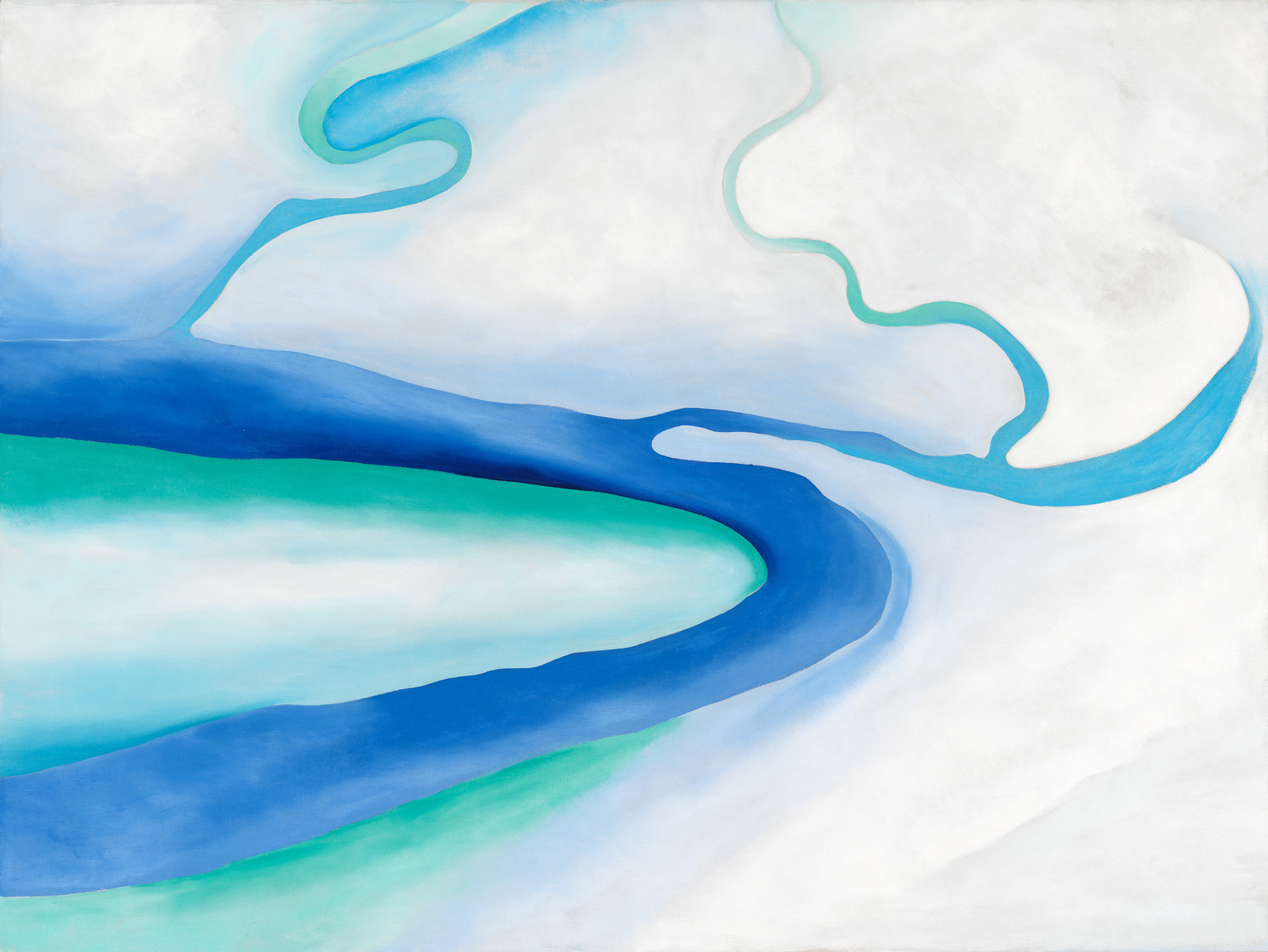Human Interest: Robert Buck on Georgia O’Keeffe
Jan 23, 2017
Robert Buck discusses Georgia O'Keeffe's painting Summer Days and his work Thirteen Shooters as acts of salvage and memorialization. View more from this series.
I’m Robert Buck, and I’m here at the Whitney talking about Georgia O’Keeffe’s Summer Days. I think what drew me to Georgia O’Keeffe is kind of what would be called an American iconography: those copper-colored, bleached mountains along the bottom of the frame, that storm that’s coming on the horizon to the left, and that little bit of a drag on the clouds of the right hand side. As legible as the iconography is, there is also something mysterious about it, something enigmatic. You have this landscape painting in the bottom, and then you have kind of a portrait above that, and it seems to me they form an axis between heaven and earth.
This is explicitly this act of salvage, redemption, memorialization. She’s not giving us a living thing; she’s giving us something that has not only been left for dead, but has died, and has been exposed to the elements, and it’s that thing that she elevates. In my work, I’m trying to do something similar in our age, which is to create an encounter with what I call the real. With the Thirteen Shooters, the idea was to collect, from all of these school shootings, thirteen images, inspired by Warhol’s Thirteen Most Wanted Men, from the stories told in the media that would create a kind of narrative arc—from the innocent kid next door, to walking the perp, to the lineup, to the courtroom, etcetera. With the boys, we confront death. We confront loss.
I think art’s job is to destabilize, is to confront, is to ask questions. As we move into this uncertain future, the onus falls even harder, even greater on art to show us something beyond.

